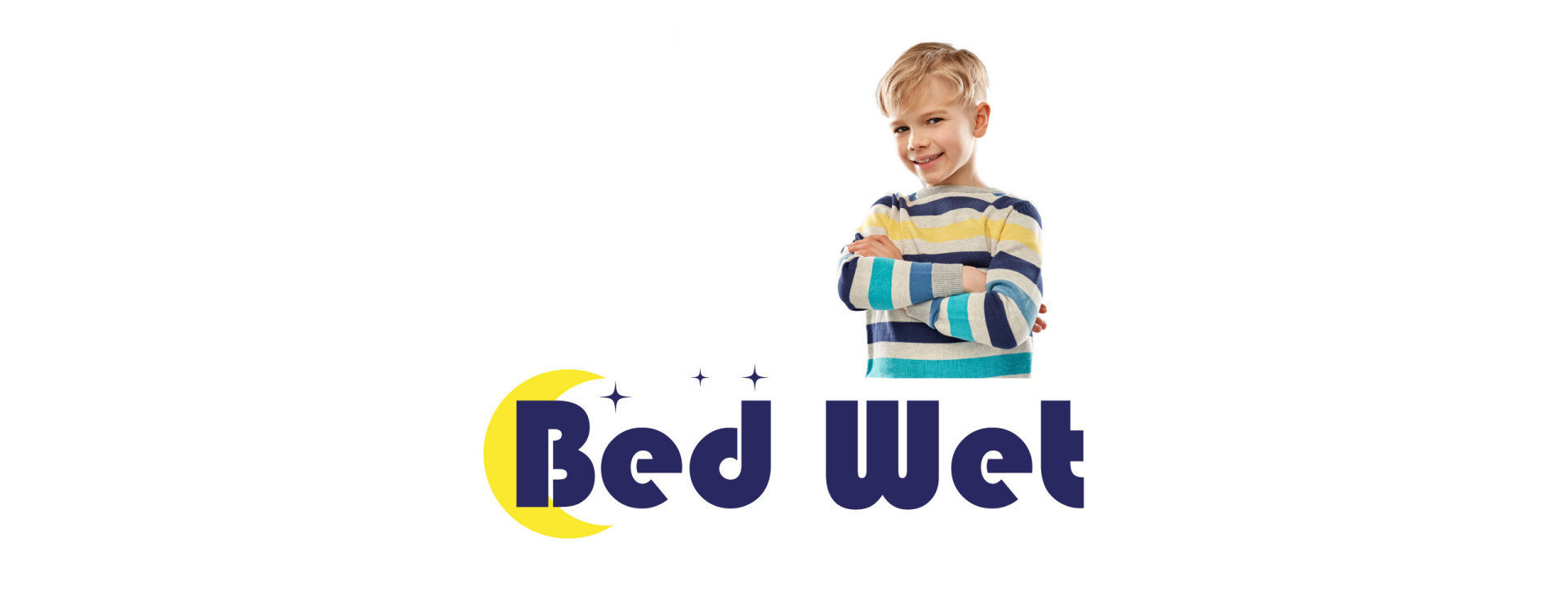Take note of your child's routine for 3 "typical" days. To help you create a toilet training plan for your child, keep track of the time between drinking a drink and urinating. It's a good idea to check your child's diaper frequently (e.g., every 15 minutes) to help you decide when to schedule toilet visits. Using a vibrating reminder watch is very helpful. Consider your child's diet: Dietary changes, such as increasing the fluids and fiber your child consumes, can increase their urge to use the bathroom. Make small changes to daily routines. Dress your child in clothes that are easy to remove. Change their clothes as soon as they get wet or dirty. Change diapers in or near the bathroom. Involve your child in cleaning up. When possible, have your child flush diaper waste directly into the toilet. This will help your child understand that feces belong in the toilet. Teach your child to flush the toilet and wash their hands every time you change their diaper. Ensure comfort during toilet visits. Your child should be able to sit comfortably on the toilet. Use a smaller seat and/or provide a stool. If your child refuses to sit on the toilet, teach them to sit before initiating toilet training. Consider your child's sensory needs. If your child doesn't like certain sounds, smells, or objects they touch in the bathroom, change these items if possible. Make sure you have several pairs of underwear available. It is important that your child wears underwear during the day while they are toilet training. This will allow them to feel when they are wet. (We have ideal underwear for this exercise from the brand Underwunder) Your child can wear PVC pants or training pants (Panties TE2) over his diaper if necessary. You can put diapers or training pants on him when he is asleep or when he is not at home. Use a visual schedule. Pictures showing each step of the "toilet routine" can help your child learn the routine and understand what will happen. During their bathroom visits, show them the visual schedule you created. Demonstrate each step as you reach them. Use rewards. Give your child their reward immediately after urinating or defecating in the toilet. The sooner you reward a certain behavior, the more likely it is to happen again. Potty training rewards are special and should be used exclusively for toileting. Practice in different restrooms. Using different restrooms helps your child understand that they can use the toilet in different places.









Latest comments